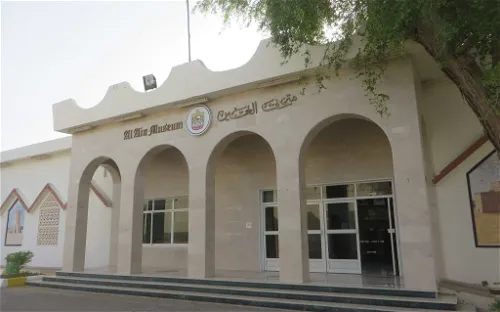This museum is closed temporarily.
Al Ain Museum and its collection
The Al Ain National Museum, established in 1969, is a testament to the vision of Sheikh Zayed bin Sultan Al Nahyan. It provides a comprehensive overview of the history of Al Ain, from the Stone Age to the founding of the United Arab Emirates. The museum houses artifacts discovered at various archaeological sites throughout the region, including stone tools and arrowheads dating back to the 6th century.
Sections of the Al Ain National Museum
The Al Ain National Museum is divided into two sections: Archaeology and Ethnography. The Archaeology section includes imported pots from Mesopotamia (modern Iraq) dating back 5000 years, found in tombs excavated at nearby Jebel Hafeet. The museum also documents the emergence of the Bronze Age society dating back 4500 years when large adobe fortresses were built in Hili. The Ethnography section explores the traditions and customs of the people and culture of the UAE, illustrating how society was different just a few decades ago.
Photographic Collection at the Al Ain National Museum
In addition to its extensive collection of artifacts, the Al Ain National Museum also features a wide range of photographs of Al Ain, Liwa, and the surrounding regions. These photographs trace the development of the region and the establishment of the United Arab Emirates, providing visitors with a visual journey through the country's history.
History & Anthropology Archaeology Ethnology Photography












